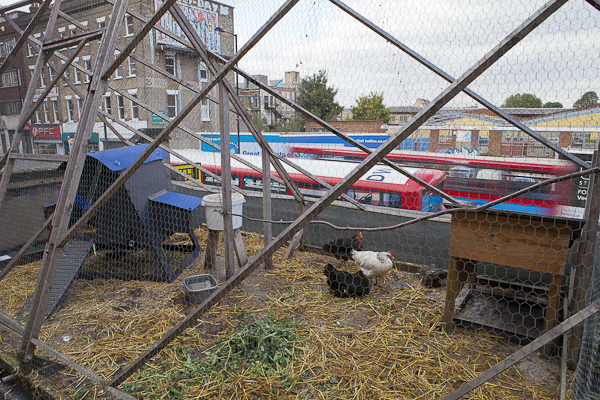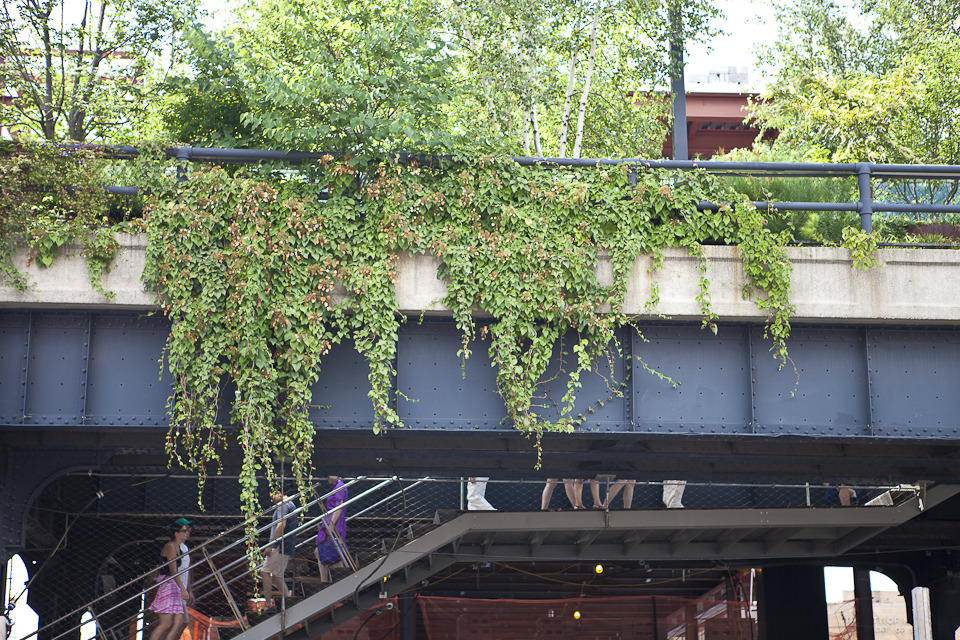Hackney, just one of 32 boroughs in London, offers a valuable snapshot of urban sustainability at a more local level. Too often, cities are given credit for their leadership on environmental initiatives whilst neglecting the valuable collective action taken by the many smaller communities that form the backbone of a city. Although Hackney has the largest expanse of green space (815 acres) within inner city London, can we take this as a symbol for how green the borough is in general?
For the benefit of readers unfamiliar with the exact whereabouts of Hackney, the borough’s eastern fringes actually played host to the London 2012 Olympics. Hackney is an ethnically diverse borough where only 36% of residents classify themselves as White British (Hackney facts and figures) and is home to large Turkish, Caribbean and Orthodox Jewish communities. Like many inner city neighbourhoods, Hackney has been blighted by crime and disorder over the years. The London riots of 2011 were partly played out on streets next to the large social housing project known as the Pembury Estate. The borough’s average deprivation score for 2010 rank it as the second most deprived Local Authority in England and the most deprived borough in London (London’s poverty profile). Hackney also has the second highest fuel poverty rate of all London boroughs and roughly half of residents who receive income support live in homes with a less than adequate energy efficiency rating.
But despite all its failings, Hackney is still a great place to live for many, myself included. It’s bursting at the seams with creativity and has become a hub hundreds of small tech start-ups revolving around the aptly named “Silicon Roundabout” in Shoreditch. Hackney Wick lays claim to more artists and art studios per capita than any other place in Europe. Dalston is home to a vibrant hipster scene and café society whose reputation precedes itself ever since Italian Vogue featured an article on the area in 2009. And Hackney Marshes is known as the spiritual home of Sunday league football with no fewer than 88 full-sized pitches. Hackney could be described as unpredictable, unusual and unique; the very antithesis of the word “hackneyed”.
Environmental sustainability goes far beyond simply maintaining parks and woodland to encompass many aspects of daily life. The food we eat, the air we breathe, and the warmth we enjoy must all come from somewhere that makes use of our long-term resources efficiently and in a way that is considerate of people and planet. In attempting to answer my opening question, I decided to capture the positive stories in the borough through my camera and develop this into a photo story. In some ways, it would have been easier to document discarded waste, mindless consumerism, draughty buildings and gas-guzzling cars. There’s any amount of suitable material out there after all. However, I believe that it is equally as important to show the progress that concerned citizens, small businesses and community groups are making at a local level. Not so that we can become complacent and pat ourselves on the back about how great we are doing, but to show what can be achieved and then use this as a blueprint to make inner city communities such as Hackney even more environmentally sustainable.
Hackney has a well-established network of allotments and market gardens that provide locally grown sustainable (and often organic) food. Community groups and entrepreneurs are coming up with ever more ingenious ways of satisfying local demand for healthy food. Aquaculture and hydroponics meet in a symbiotic relationship that allows salad leaves and fish to thrive in a local “aquaponic” Dalston café. Meanwhile, chickens cluck around in a rooftop coop next to a busy road laying eggs for the diners below. Making productive use of rooftop spaces now has a brighter future thanks to Charlie Paton; a local resident and inventor who is hoping to roll out his own rooftop greenhouse prototype across schools in the borough. Just imagine school kids and teachers tending vegetables on large flat roofs, producing healthy sustainable food for their canteen and learning valuable life-skills along the way.
Hackney has the joint third lowest per capita carbon emissions in London (Greater London Authority statistics, 2010) divided between domestic (47%), industry and commercial (33%), and road transport (20%) sources. The lower figure for transport can partly be explained by an impressive 15% of Hackney residents who now commute to work by bicycle, compared with just 12% who commute by car. Fortunately, most Hackney residents don’t even own a car with 65% of households being completely car-free. That is not to say that air pollution does not exist in the borough. London, as a whole, has broken EU targets on air pollution numerous times due to nitrogen dioxide (NO2) and dust particulate matter (PM10) levels that are dangerous for human health, especially along major transport routes. One approach demonstrated to reduce PM10s is to plant living walls on the sides of buildings particularly in areas where other green infrastructure is lacking. Hackney now boasts Europe’s tallest green wall on a pink and beige terracotta-clad tower block in the Homerton area of the borough.
Environmental sustainability needs innovators that invest in research and development and the so-called early adopters that are willing to take a chance on unproven technology. Two striking examples exist in the form of low carbon transport vehicles and the infrastructure necessary to make them viable. Arcola Energy develops commercial applications for fuel cell technology using hydrogen as a renewable energy source in a lab set within the unlikely confines of a local theatre. Meanwhile, a network of electric vehicle (EV) recharging points is springing up on local streets providing free fuel for EV drivers and a generous exemption from London’s expensive road congestion charge.
Certain parts of the borough are rapidly becoming gentrified and the influx of young well-educated professionals is changing the overall demographic. Environmental sustainability is still seen as the preserve of the white middle class and the real challenge is to make this relevant to all sections of society. Recycling offers local government a foothold into disadvantaged communities and a valuable opportunity to engage with local people of all backgrounds and social classes on the wider importance of thinking sustainable. Hackney Council is currently halfway towards achieving a London-wide target to recycle 50% of all waste by 2020. Additionally, there are promising signs that disadvantaged communities are benefiting from other measures to increase resilience towards pressing everyday concerns, such as fuel poverty. Almost 2,000 solar PV panels line the roofs of the Pembury Estate, whose tenants struggle to keep their electricity meters running. The panels are expected to save 170 tonnes of CO2/year and are partly subsidized by the UK government’s feed-in tariff. Environmental sustainability should not be viewed simply as a cost. Hackney has proven that it can be a triple-win for economic, social and ecological causes.
Hackney faces many of the same challenges on the road to becoming sustainable as other inner city neighbourhoods in the Western World. A city is the collective sum of its many diverse communities and action taken in one local area can serve as a model for other regions of the city to follow. We need bottom-up as well as top-down action in the effort to secure a future that is sustainable, not just economically but also socially and environmentally, not just for today but also for tomorrow and future generations to come.
Originally published in 2013



Recent Comments